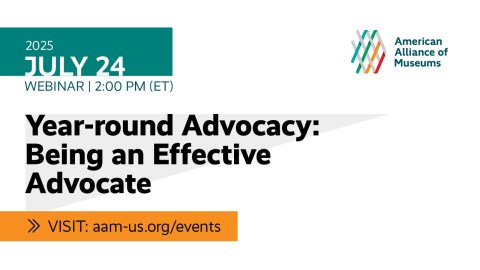15 minutes of top-of-my-head thoughts on a story featured in last week’s Dispatches from theFuture of Museums e-newsletter.
One of the things that drove me out of graduate school (besides the dismal ROI of remaining for a PhD.) was the cumulative psychic damage of killing hundreds of animals in the course of my research. After I injecting a sea urchin with saline to express its sperm, I would trot out to the sea wall and tip it gently into the ocean, hoping it might survive. But the unborn chicks dissected for the sake of the neural membrane at the back of their eyeballs—nope, those were dead. As someone who studied biology because of a profound reverence and fascination for the living world, this felt dissonant, even though I believed in the value of the resulting research.
That’s why I empathize with Karen Haberman, who wrote “On the Significance of Small Dead Things” (featured in Dispatches last week): “with the death of each animal, I cannot help but wonder, must I continue to take the lives of these exquisite creatures in order to study them?”
As she goes on to note, “the death of organisms is as much a part of natural history as multi-pocketed khaki vests, and the two often go arm-in-arm… We must acknowledge the naturalist’s paradox of both loving and killing other animals, and think deeply about when and why we kill as we explore the natural world.” This kind of ethical reexamination of collecting practices is going on within the natural history realm, and increasingly it’s leaking out into the popular press as well. I illustrate this in the Ethical Everything chapter of TrendsWatch 2015 with a couple of recent stories, including a spate within the scientific community on the necessity of voucher specimens, and populist attacks on one scientist when he blogged about collecting a single spider.
Our (us being museums, and scientists) claim of the ethical high ground on collecting comes from the utility of these collections in the long run: increasing our understanding of and empathy for the world; helping with species preservation; curing disease. And Haberman nails the core of the ethical dilemma when she reviews the spotted history of collections preparation and preservation. If the future of natural history (and natural history museums) depends on hooking a new generation on the joys of what we do, what about all the individual lives that will be sacrifices in the cause of “practice” collections? Even when talented amateurs amass good and important collections, will they be identified, adopted and preserved or will they become orphans that disappear? As financial pressures lead organizations to downsize curatorial and collections care staff, can even established museums promise to be good stewards for centuries to come?
I’m preparing a talk on this topic—how long can museums aim to preserve their collections for the future—for the Lost Museum Symposium being held at Brown University May 7 & 8, so this topic is much on my mind. Hence today’s musing.








